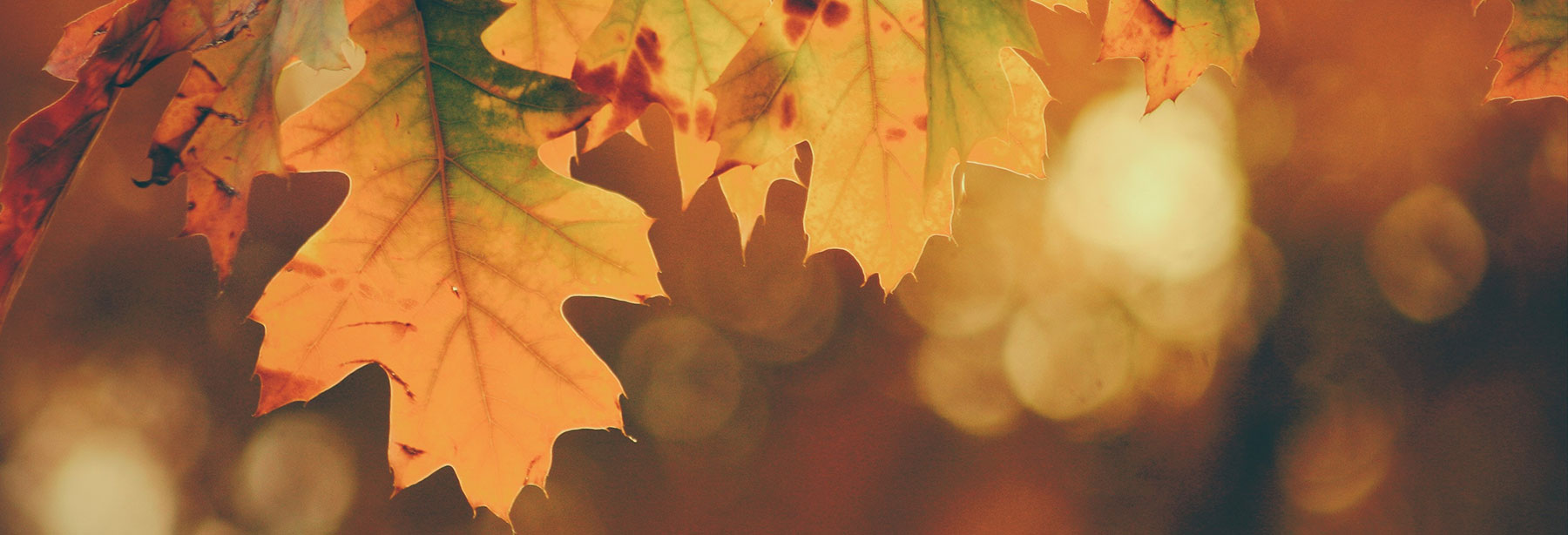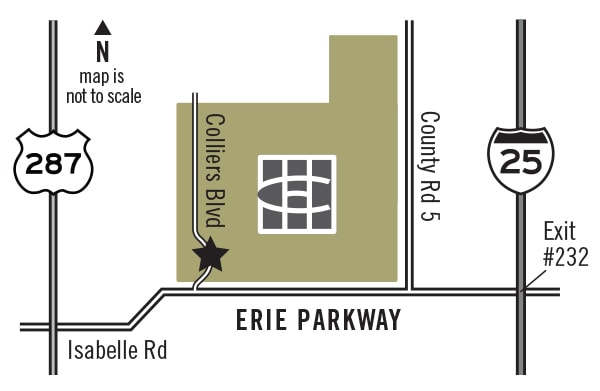Backyard Composting 101
Compost is what you get by combining yard and garden debris, kitchen scraps, grass clippings and other organic materials. The result when these items have completely broken down into a rich, dark, crumbly material call humus that will feed your plants, bushes and trees exactly what they need to grow lush and lovely!

Recycling food and other organic waste into compost provides a range of environmental benefits, from boosting the health of your soil to reducing greenhouse gas emissions. By recycling valuable nutrients you can also mitigate the impact of droughts – something we Coloradoans with our watering restrictions know a bit about! So here is a quick Q&A about how to compost, what to compost and why to compost!
Gardener’s Gold

Compost is often called gardener’s gold, because it’s so rich in nutrients. It’s really just nature’s natural process of breaking down dead plant material and turning it back into soil. Composting speeds up that natural process, generating biological matter, which improves the soil’s ability to grow plants.

These four things work together in the process: heat, nutrient mix, oxygen, and moisture. Heat is created by the bacteria and microbes as they break down the plant matter. The nutrient mix determines how active and healthy those microbes will be and how much they’ll have to “eat” while the oxygen level will determine how many microbes there will be. Finally, the moisture content will affect all of these things. All four elements working together create a micro-ecosystem that you’re trying to improve.

The main ingredients, or nutrients, you’ll want to add to the compost heap are carbon and nitrogen (C or N). Most composting vets agree that the optimum mixture is 25-30:1 carbon to nitrogen. So, for every twenty-five or thirty pounds of carbon, you should be adding a pound of nitrogen.

You can measure that ratio by the type of material you’re using. Some are a roughly even mix, such as grass clippings and sod, while others are weighted in either C or N’s direction. Shredded newspaper is mostly carbon, as are feathers and leaves. Dry manure and urine are heavy with nitrogen, as are coffee grounds.
Composting Basics and Bins

Composting bins can be bought, built and/or improvised. Home Depot sells stacked compost bins that allow the breakdown material to filter to the bottom where you remove it as blackish looking soil. Home improvement stores also sell the tumblers (up to a 65-gallon size) with a rotating handle to mix the organic material inside.
Garden Fork TV producers talk about composting methods in this YouTube video. One takes food scraps and puts them in the fridge or freezer in a plastic bag until it’s time to combine; the other leaves it in a big bowl in the kitchen. (Ick!) Some people pick up a composting bin with a charcoal filter that keeps the odor down (hey, it’s garbage!). The container we’re trying to test the composting waters is a five-gallon paint bucket with a lid.
Carbon=Brown, Nitrogen=Green

Back to the carbon/nitrogen ratio – another way to think of it is in terms of brown and green materials. Carbon-rich materials are “brown materials” and nitrogen-rich materials are known as “green materials.” You want a mix – in general – of about four times as many browns as greens. Too much brown, carbon rich material slows down the composting process significantly, because the nitrogen rich green materials are necessary to speed things up. Too much green though, and you get a stinky, wet mess.

Brown materials are things like paper, pinecones, pine needles, saw dust, seed starter peat, wood chips, used coffee paper filters. Green are grass clippings, leaves, deadheads from flowers, stale bread, pasta, rice, weeds that haven’t gone to seed, and food scraps like fruit and vegetable peels, citrus and melon rinds, corn cobs, old dried herbs and spices. When you add things to the compost bin, the smaller pieces you put in, the faster it breaks down. Some gardeners run all their scraps through a food processor, but you don’t have to.
What to Add; What to Avoid

You’ll want to add all the different types of organic material you can find. Fruit and vegetable waste from your kitchen are not scraps you should throw out, but something to add to your compost pile or bin. Even your coffee grounds, grass clippings and most food waste. Soon it will be finished compost, ready for use in the lawn or garden. Compost is the best soil amendment you can use to radically improve the fertility and health of your soil. Composting your yard waste turns the organic matter into a valuable soil amendment that you’d otherwise have to pay for.

Never add meat, fish, cat litter, oil, or dog poo. Also flowers from a florist have been treated with chemicals so those are verboten.
Time and Effort Composting

One of the fastest ways to make compost is to use the Berkeley method, which promises compost in two-to-three weeks. It’s everything we’ve said about ensuring the ratio is 25 to 1, and that the moisture level is 50 percent. The pile needs to be turned every day to reach the finished stage within the two to three weeks. Turning it every other day will add a week to the composting process. The only problem with this method is that most people don’t have enough composting material to create the ratio.

Insulated bins are a great alternative to compost piles. The HotBin compost bin or the Green Johanna are great options.
Trench composting is a way to compost that is about as simple and appealing as possible. All you do is dig a hole and bury your compost materials in the yard or garden where you’re not currently growing something, but want to. Then forget all about it for six months to a year while the organic materials gradually decompose over time.
Showing and Growing in Colliers Hill!

Builders in the master-planned community of Colliers Hill love showing off their stunning model homes to prospective buyers and walking them through the new construction process. Who can blame them? Life’s just better on the Hill! Stop by and tour the beautiful model homes from KB Home, Century Communities and Richmond American Homes – and coming soon – Boulder Creek! Priced from the $400s, this fast-growing new home community in Northern Colorado has lots of exciting amenities, too!


